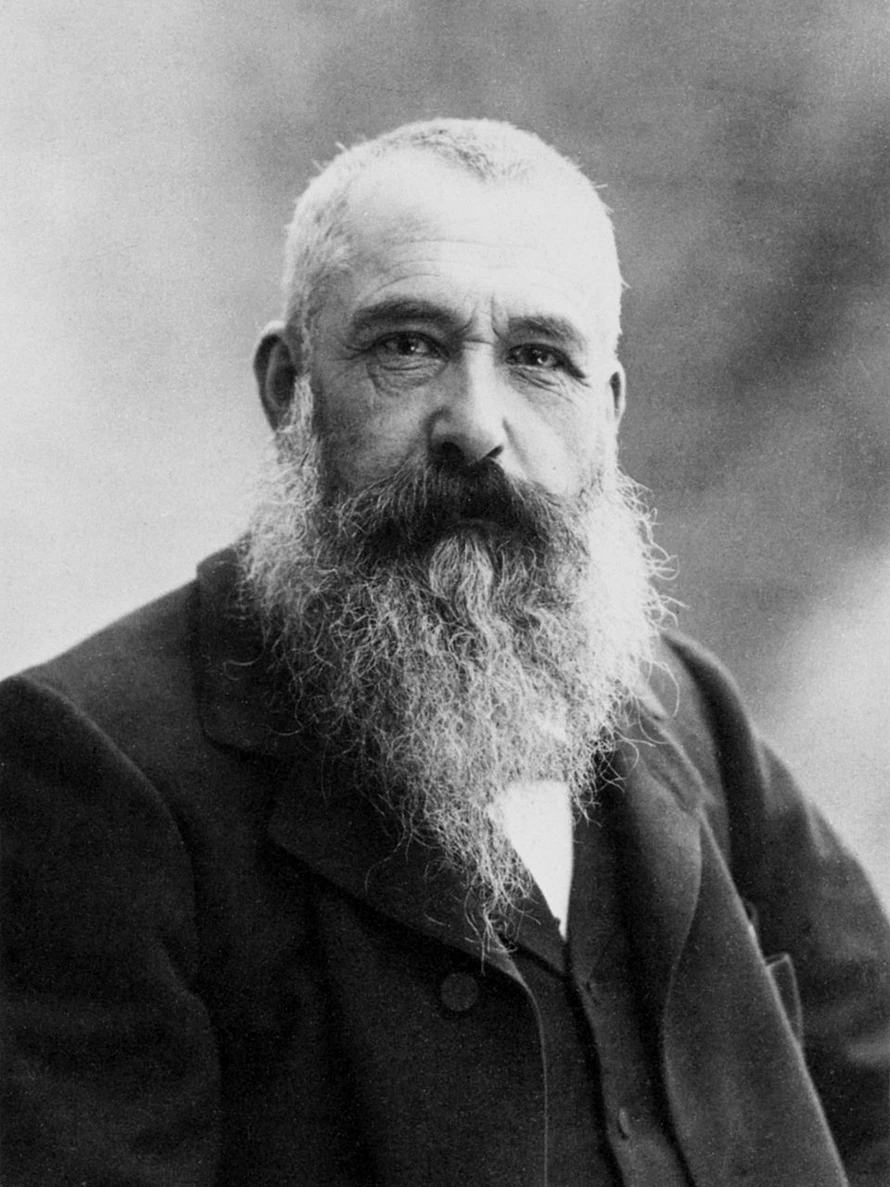Claude Monet: The Visionary Who Painted with Light
Claude Monet, one of the founding figures of the Impressionist movement, changed the way the world sees and interprets art. Born on November 14, 1840, in Paris, France, Monet's innovative use of color, light, and brushwork helped break away from traditional artistic techniques and paved the way for modern art.
Early Life and Artistic Beginnings
Monet was raised in Le Havre, a coastal city in Normandy, where he developed a love for the sea and natural landscapes. His early talent for drawing led him to pursue art seriously, and after meeting artist Eugène Boudin, Monet was introduced to the concept of painting en plein air—a technique that would become central to his work.
The Birth of Impressionism
In the 1860s and 70s, Monet joined forces with fellow artists such as Pierre-Auguste Renoir, Camille Pissarro, and Edgar Degas to form what would later be known as the Impressionist movement. Their goal was to capture the fleeting effects of light and atmosphere rather than adhering to the detailed realism favored by academic painting.
The term “Impressionism” actually came from a critic’s derogatory review of Monet’s 1872 painting Impression, Sunrise (Impression, soleil levant). Ironically, the name stuck and became emblematic of the movement’s embrace of spontaneity and sensory experience.
A New Way of Seeing
What set Monet apart was his unique ability to portray the same subject under different conditions—highlighting the impact of changing light and seasons. His famous series paintings, such as Haystacks, Rouen Cathedral, and Water Lilies, showcase this fascination with perception and time. He often painted the same scene multiple times to explore how it transformed throughout the day or year.
Giverny and the Water Lilies
In 1883, Monet settled in Giverny, a small village in northern France, where he designed an elaborate garden that would become his artistic sanctuary. The Japanese-style bridge, water lilies, and reflective pond became central themes in his later work. These large-scale canvases, especially those displayed in Paris's Musée de l'Orangerie, offer a meditative, immersive experience that continues to captivate viewers.
Legacy and Influence
Claude Monet died in 1926, but his impact on the art world endures. His rejection of rigid structure in favor of emotional expression opened the door for movements like Abstract Expressionism and even modern digital art. Today, his works are celebrated worldwide, and his garden in Giverny remains a popular pilgrimage site for art lovers.
Final Thoughts
Claude Monet wasn’t just painting landscapes—he was capturing moments, feelings, and the intangible beauty of the everyday world. His legacy lies not only in the masterpieces he created but also in the revolutionary way he taught us to observe and appreciate light, nature, and time itself.

